Interactive robot for smart home control. Review electronics
Continue the story of lexi. Project lexi is a member of the information technologies cluster of the SKOLKOVO Foundation. The article will appeal to anyone interested in the Softpedia development projects who are interested in voice interfaces and the future of "smart home". In the article we conduct a brief overview of the electronics used in our device.
vk.com/rtrg?r=MyfvmSagVGcKoVRPBQ92U5CfxIhCPah9BpgCNi*VQ5Z*GZClBfq8O6Xqoc4FgyLmY/t2xfXW*b/pLNakil70J2BgItRALRcbqLdyvvbQaL48y3inrmcx91lp3jlslzotrqwaq2odzccwu06qskcdishi4yplycjlvqqqcvywecs-&pixel_id=1000020818
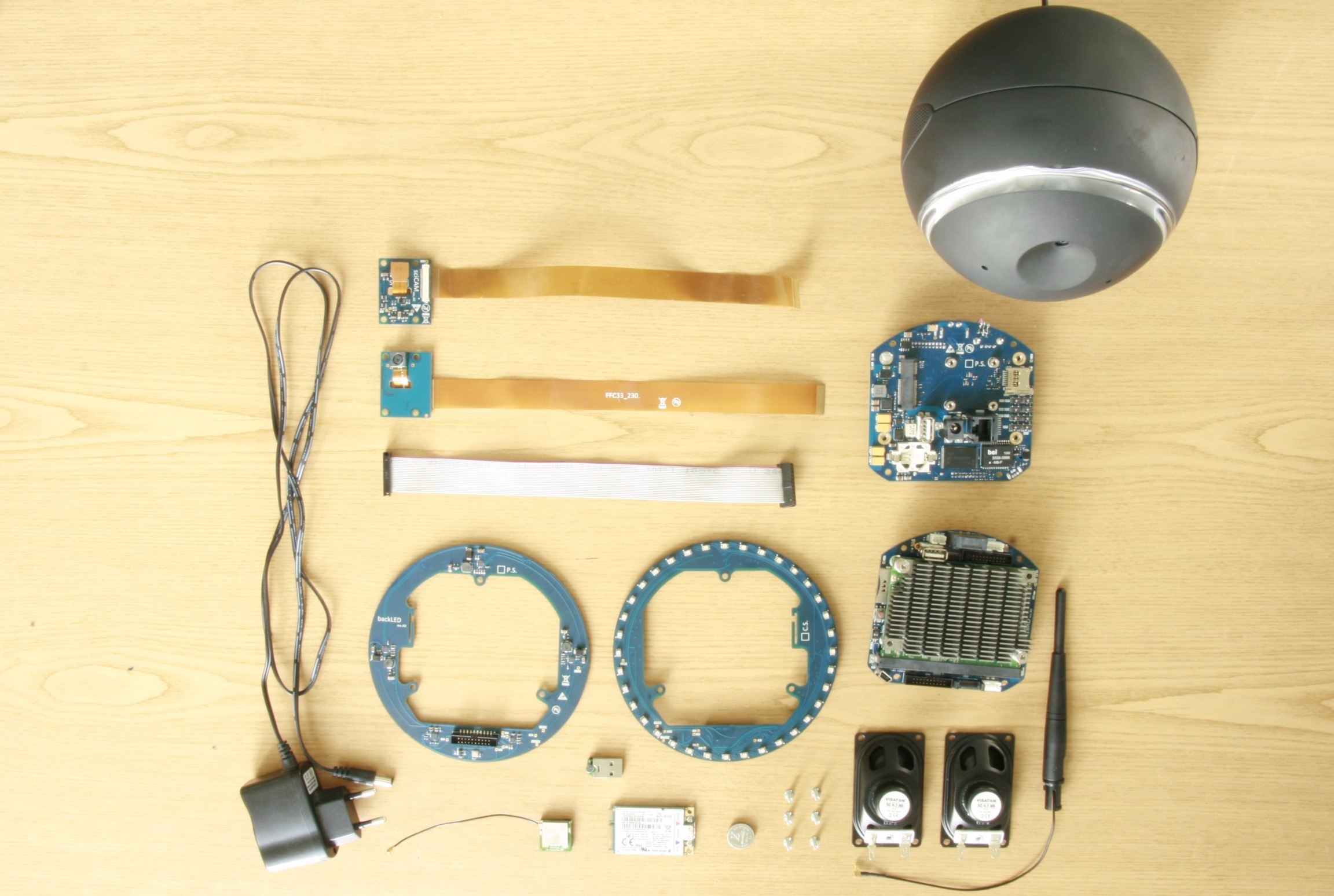
Overview electronics is the Roman Zhukov, technical Director, lexi. The novel is a key figure in the project. In the initial stages he responded and fully implemented the following areas:
the
The text part of the review complements for clarity video:
Initially the device was collected on the finished gland, which allowed us to quickly create a working limited prototype for demonstration in presentations and development of concept. At the moment we have all the electronics its made under our specific tasks and under our hull.
We begin with the most important ligaments of the device: the computing module (Fig. 1) and base Board (Fig. 2).
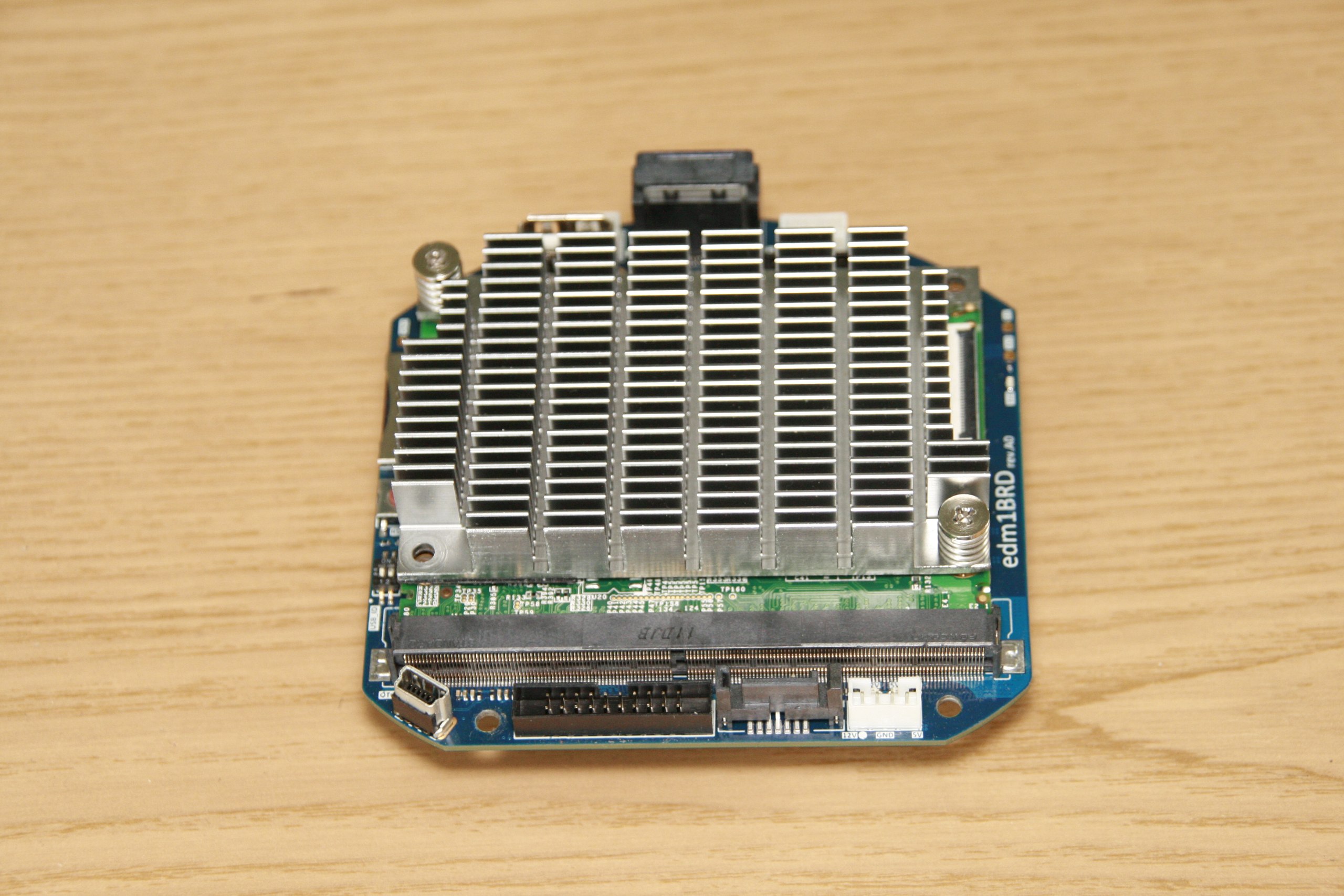
Fig. 1
This is a very flexible ligament, which allows to maintain the structure for many years. It is based on a special module, which is described in a special standard, with industrial, automotive and commercial use. Constantly upgrading and keeping in good condition the software for this module, it is possible to develop and maintain the project for a long time.
Consider the order of elements that are on the base Board. In addition to the computing module that is inserted into the connector as the cartridge (in the General case is removable, which improves maintainability), here you can find connectors for General purpose such as USB, HDMI (which is necessary according to our plan, in order to apply this charge in other projects) and also for debugging output and testing at the factory.
We can even see the SATA connector, it is also present here maintained by the controller. This connector was added as an expansion port for future project.
Visible auxiliary connectors on the Board that allow you to debug device UART; special connectors that are vibration resistance and a guide system that reduces the likelihood of ejection. Despite its unusual appearance, it is, actually, a USB port, it transmits a signal to the sound module. Here you can see multi-pin connector that provides power to the backlight and circuit boards, including power and signal transmission to the audio module. On the sides you can see the familiar mini-USB port — this port is designed to flash cost.
Now let's see what's on the back.

Fig. 2
This is the back (reverse) side of the Board and she turned to the back of Lexie, where all the basic ports: power port, a port for mounting external accessories. The device provides for the availability of external accessories in the process of development; they can be different, mainly in order to highlight the personality lexi (as an individual). Here we can also see the network port. This is a common RJ45 connector, this is where we stick the familiar twisted pair to connect the device to the Internet through a router that may be in demand in the workplace in many places, where there is no wireless Wi-Fi. We see a battery that maintains system time and is responsible for providing other functions, like the battery, which is installed on your motherboard inside your desktop computer. Everything else is a semiconductor apparatus, which provides data storage (available storage), network Converter, and a system group of jumpers, which in General is intended for primary firmware lexi, and to restore its firmware over time, if it breaks.
Interesting is the location on the PCB special Mini PCI-Express connector. This port is designed to install a 3G or 4G modem (Fig. 3). In the General case, the product (as a product of the Internet of things) can run without connecting to your wireless network using a mobile network operator. For this purpose the product is supplemented with a special modem at the moment — Huawei company, through which the smooth operation of this device completely out of the box: got, stuck your product on the Internet.
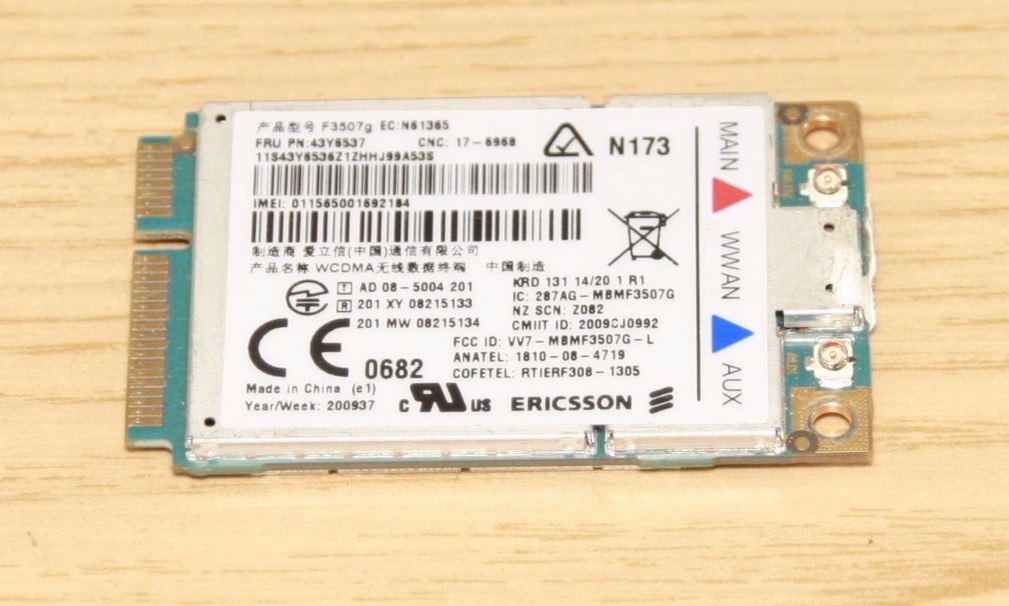
Fig. 3
About the core Board of all. We won't go into details and open the product, removing the radiator and many other components. In the General case is a standard rail that stores data connectors for antennas, and much more. It is a pure kind of electronics.
Start the review of another Board. This is a fee that provides illumination in the device, but not only (Fig. 4-5).
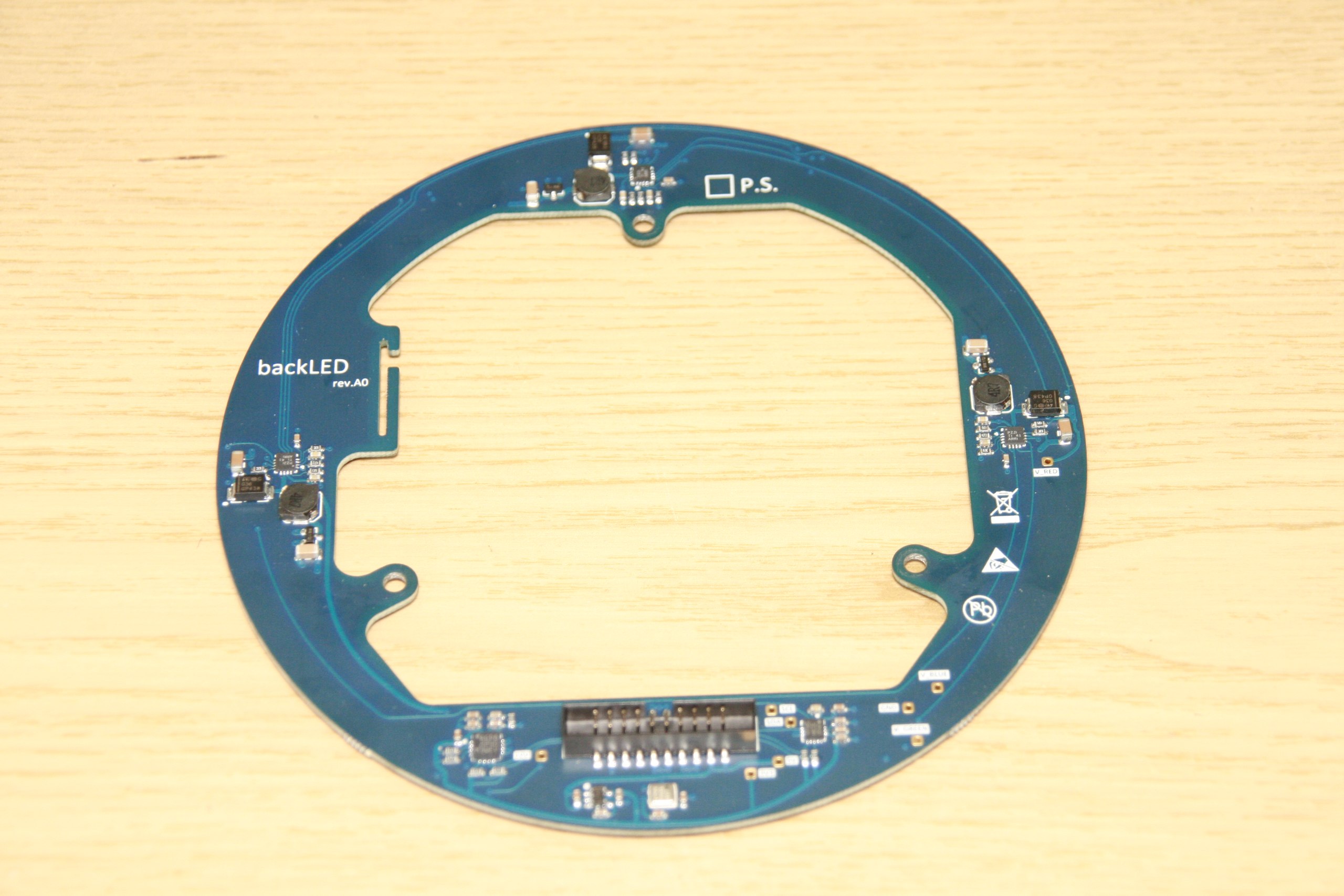
Fig. 4

Fig. 5
Actually, the fee is multifunctional. From the front (Fig. 5) side is a set of LEDs, which are able to programmatically change their color and intensity. So lexi can glow in different colors. In our project the lighting plays the function of non-verbal method of communication with the user in the dialogue process — provides feedback to the interlocutor during communication.
On the reverse side of the Board are the sensors (Fig. 4) and led drivers that make them work. The sensors were made with the basic Board; in the General case — these are the sensors that personalizeduyj lexi as a device. They recognize his movement, is able to determine the temperature and pressure and transmit this information through voice communication with the user.
Here we see a familiar response port that was on the base module. Through the data transmission and the power to this module. As you can see, the module has an unusual rounded shape, and in the center of the material is missing because the center of the Board mounted sound module, which in this review no.
About our sound module we will explain in the second review. In this we can highlight important issues that may arise in the course of the review.
Transmit data and feed circuit Board inside this device that this type plumes (Fig. 6).

Fig. 6
There is also interesting implementation of the flexible printed circuit Board that transmits signals to a video camera (Fig. 7). Special photo/video camera mounted on your module, with a resolution of 5 Mpx matrix, and performs photo and video cameras, detects your presence in front of the device, allows lexi to communicate with you, finding you automatically.
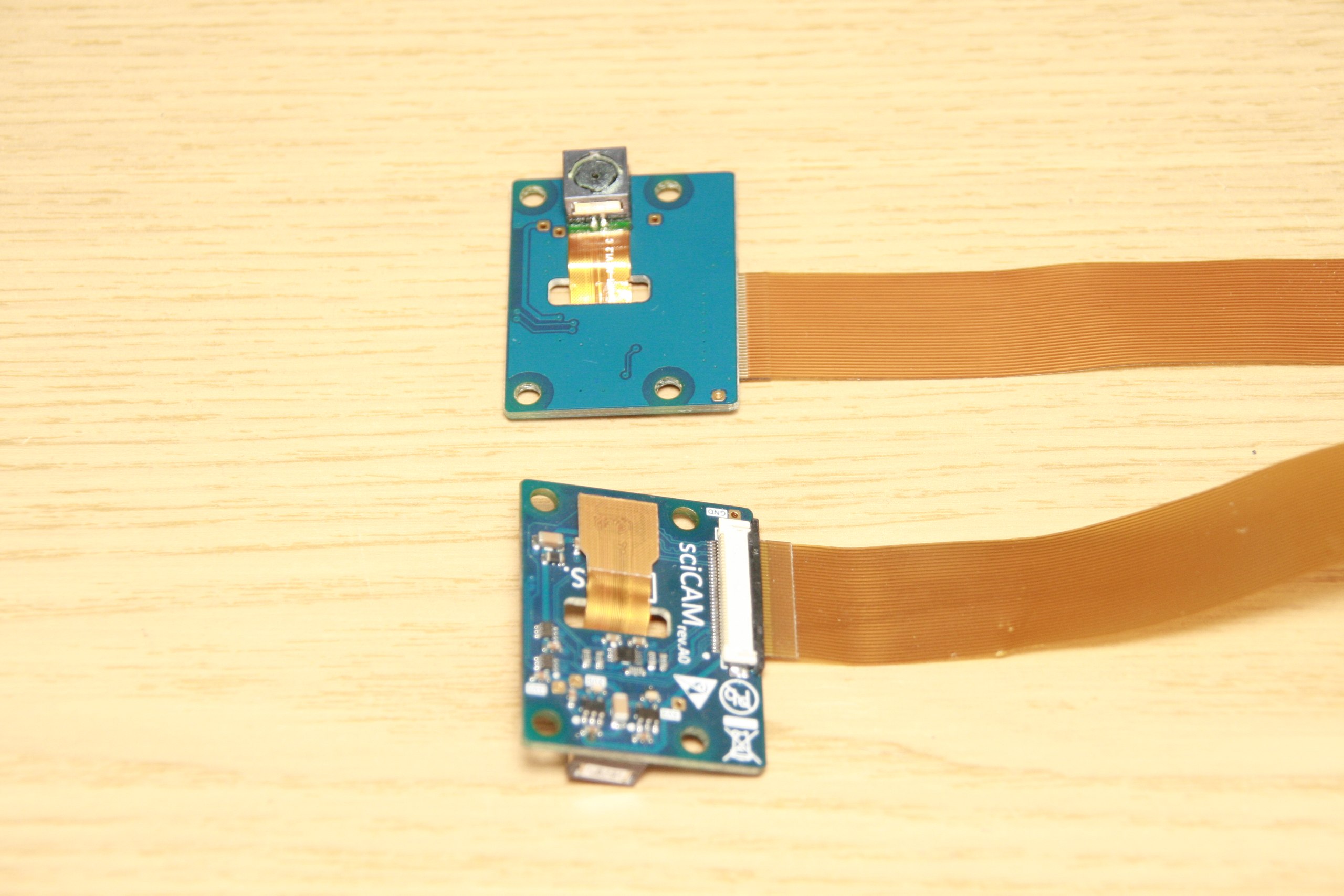
Fig. 7
Inside the product in one row has a special whip antenna (Fig. 8). These antennas have high enough power for reliable signal reception in both 3G and 4G, and Wi-Fi and Bluetooth. All of this is via a special chip located on the Board. In the General case the antenna connected with a special connector, located inside the part.
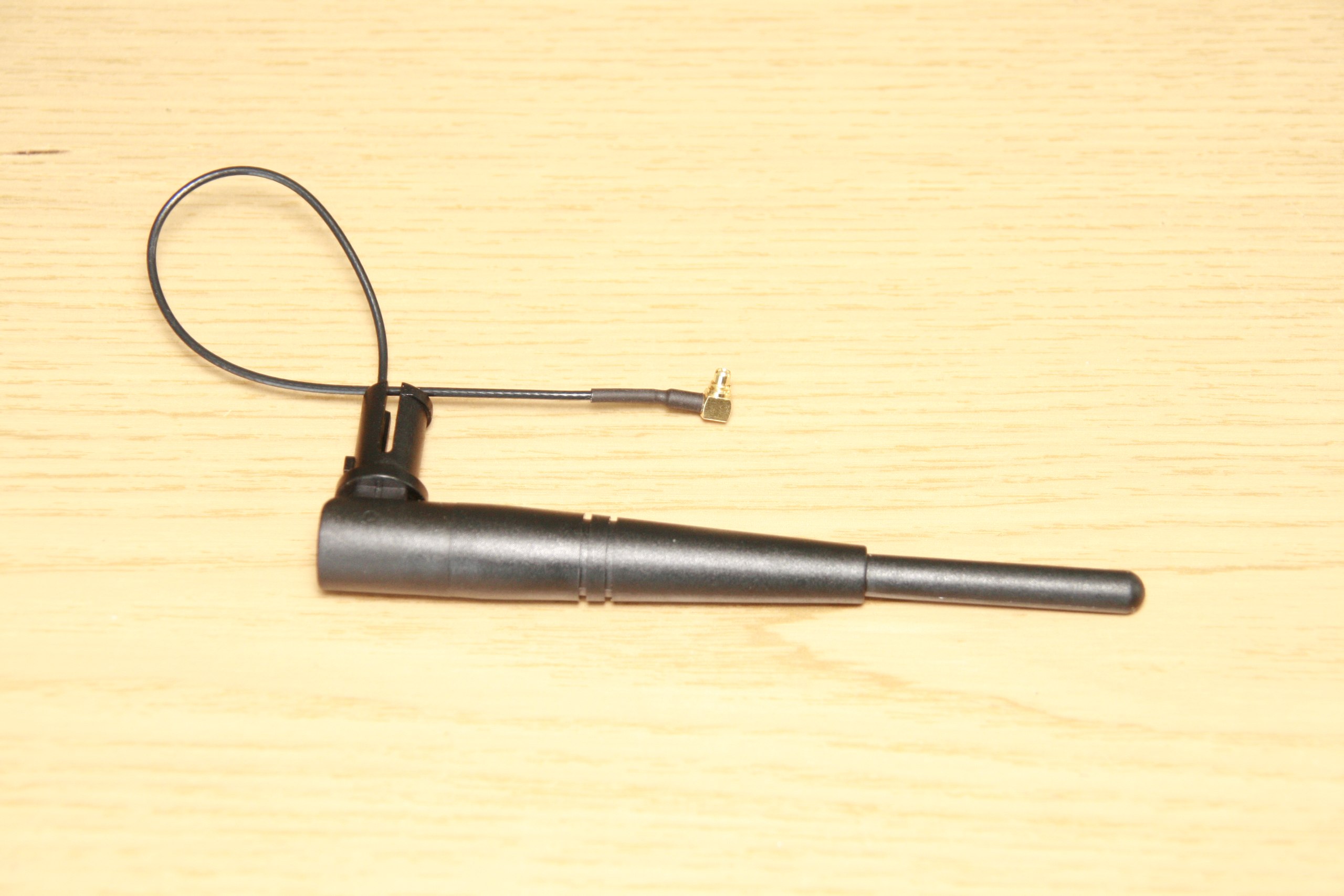
Fig. 8
In particular, we tested the antenna design a special print view (Fig. 9), which in General case are glued or mounted on one of the boards and reduce the size of the antenna, but, overall, they have shown themselves to be worse than the whip antenna. Therefore, whip antennas, as they fit well in the body, most likely, will be left behind.

All internal components were designed and developed taking into account the multiple connections in the process of developing the robot.
Interesting are the dynamics (Fig. 10), which are used for audio output. They have a very unusual shape: rectangular. Their shape is due to the fact that the device has a rounded shape, inside little space and from the point of view of narrow elongated design of the speakers came to us more than others. It is a high quality German speakers that have frequency response designed for voice output.

Fig. 10
Food lexi is via a common power supply with pin connector. This is a standard power supply. The output it gives 12V, consumes very little watt, powered by a standard outlet of 110-220V.
This concludes our brief overview of electronics, lexi.
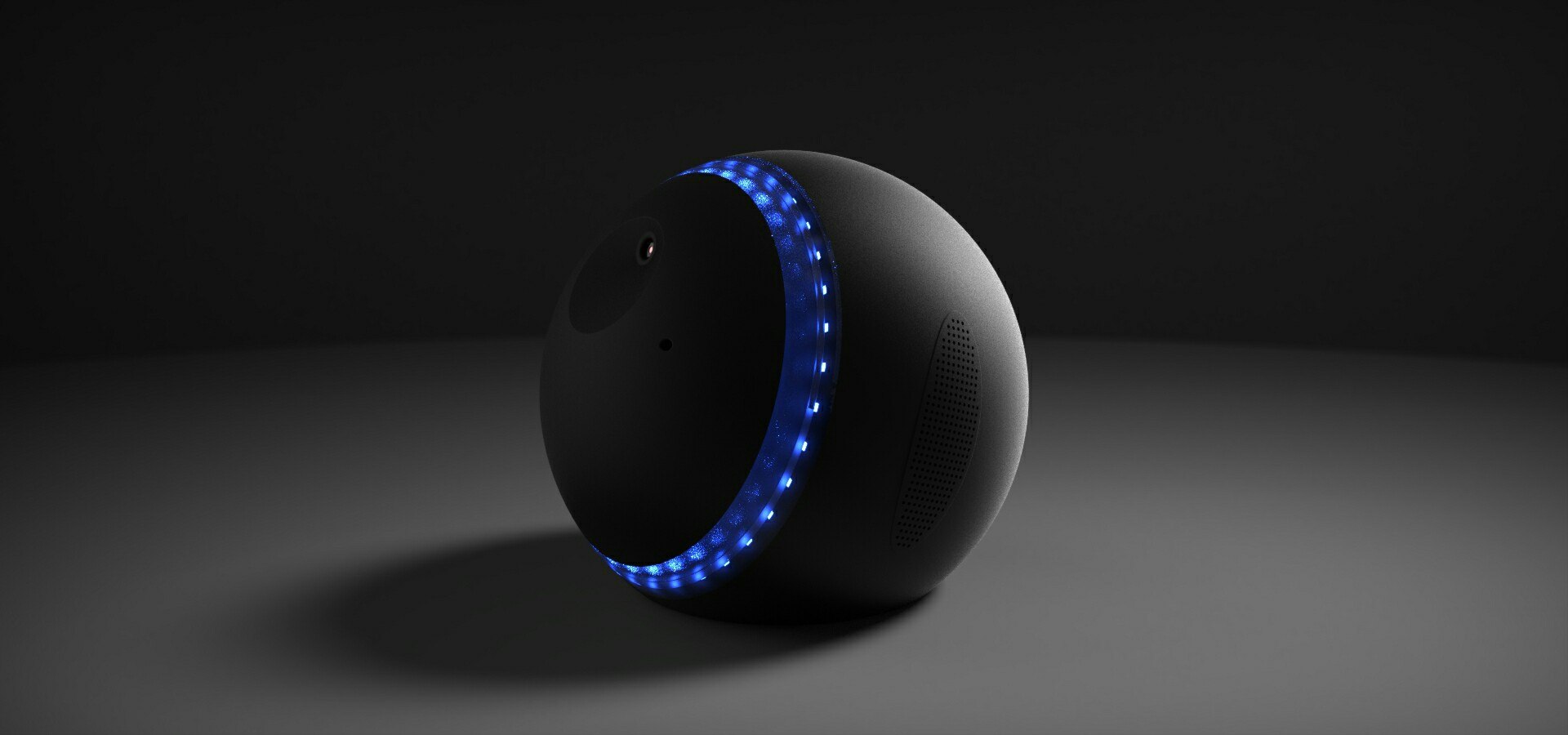
After I'd like to announce two events:
the
Most effective for our project you can follow on social networks:
the
Article based on information from habrahabr.ru
vk.com/rtrg?r=MyfvmSagVGcKoVRPBQ92U5CfxIhCPah9BpgCNi*VQ5Z*GZClBfq8O6Xqoc4FgyLmY/t2xfXW*b/pLNakil70J2BgItRALRcbqLdyvvbQaL48y3inrmcx91lp3jlslzotrqwaq2odzccwu06qskcdishi4yplycjlvqqqcvywecs-&pixel_id=1000020818

Overview electronics is the Roman Zhukov, technical Director, lexi. The novel is a key figure in the project. In the initial stages he responded and fully implemented the following areas:
the
-
the
- industrial design the
- tooling for manufacturing; the
- electronics; the
- embedded linux image; the
- organization of production in China.
The text part of the review complements for clarity video:
Initially the device was collected on the finished gland, which allowed us to quickly create a working limited prototype for demonstration in presentations and development of concept. At the moment we have all the electronics its made under our specific tasks and under our hull.
We begin with the most important ligaments of the device: the computing module (Fig. 1) and base Board (Fig. 2).

Fig. 1
This is a very flexible ligament, which allows to maintain the structure for many years. It is based on a special module, which is described in a special standard, with industrial, automotive and commercial use. Constantly upgrading and keeping in good condition the software for this module, it is possible to develop and maintain the project for a long time.
Consider the order of elements that are on the base Board. In addition to the computing module that is inserted into the connector as the cartridge (in the General case is removable, which improves maintainability), here you can find connectors for General purpose such as USB, HDMI (which is necessary according to our plan, in order to apply this charge in other projects) and also for debugging output and testing at the factory.
We can even see the SATA connector, it is also present here maintained by the controller. This connector was added as an expansion port for future project.
Visible auxiliary connectors on the Board that allow you to debug device UART; special connectors that are vibration resistance and a guide system that reduces the likelihood of ejection. Despite its unusual appearance, it is, actually, a USB port, it transmits a signal to the sound module. Here you can see multi-pin connector that provides power to the backlight and circuit boards, including power and signal transmission to the audio module. On the sides you can see the familiar mini-USB port — this port is designed to flash cost.
Now let's see what's on the back.

Fig. 2
This is the back (reverse) side of the Board and she turned to the back of Lexie, where all the basic ports: power port, a port for mounting external accessories. The device provides for the availability of external accessories in the process of development; they can be different, mainly in order to highlight the personality lexi (as an individual). Here we can also see the network port. This is a common RJ45 connector, this is where we stick the familiar twisted pair to connect the device to the Internet through a router that may be in demand in the workplace in many places, where there is no wireless Wi-Fi. We see a battery that maintains system time and is responsible for providing other functions, like the battery, which is installed on your motherboard inside your desktop computer. Everything else is a semiconductor apparatus, which provides data storage (available storage), network Converter, and a system group of jumpers, which in General is intended for primary firmware lexi, and to restore its firmware over time, if it breaks.
Interesting is the location on the PCB special Mini PCI-Express connector. This port is designed to install a 3G or 4G modem (Fig. 3). In the General case, the product (as a product of the Internet of things) can run without connecting to your wireless network using a mobile network operator. For this purpose the product is supplemented with a special modem at the moment — Huawei company, through which the smooth operation of this device completely out of the box: got, stuck your product on the Internet.

Fig. 3
About the core Board of all. We won't go into details and open the product, removing the radiator and many other components. In the General case is a standard rail that stores data connectors for antennas, and much more. It is a pure kind of electronics.
Start the review of another Board. This is a fee that provides illumination in the device, but not only (Fig. 4-5).

Fig. 4

Fig. 5
Actually, the fee is multifunctional. From the front (Fig. 5) side is a set of LEDs, which are able to programmatically change their color and intensity. So lexi can glow in different colors. In our project the lighting plays the function of non-verbal method of communication with the user in the dialogue process — provides feedback to the interlocutor during communication.
On the reverse side of the Board are the sensors (Fig. 4) and led drivers that make them work. The sensors were made with the basic Board; in the General case — these are the sensors that personalizeduyj lexi as a device. They recognize his movement, is able to determine the temperature and pressure and transmit this information through voice communication with the user.
Here we see a familiar response port that was on the base module. Through the data transmission and the power to this module. As you can see, the module has an unusual rounded shape, and in the center of the material is missing because the center of the Board mounted sound module, which in this review no.
About our sound module we will explain in the second review. In this we can highlight important issues that may arise in the course of the review.
Transmit data and feed circuit Board inside this device that this type plumes (Fig. 6).

Fig. 6
There is also interesting implementation of the flexible printed circuit Board that transmits signals to a video camera (Fig. 7). Special photo/video camera mounted on your module, with a resolution of 5 Mpx matrix, and performs photo and video cameras, detects your presence in front of the device, allows lexi to communicate with you, finding you automatically.

Fig. 7
Inside the product in one row has a special whip antenna (Fig. 8). These antennas have high enough power for reliable signal reception in both 3G and 4G, and Wi-Fi and Bluetooth. All of this is via a special chip located on the Board. In the General case the antenna connected with a special connector, located inside the part.

Fig. 8
In particular, we tested the antenna design a special print view (Fig. 9), which in General case are glued or mounted on one of the boards and reduce the size of the antenna, but, overall, they have shown themselves to be worse than the whip antenna. Therefore, whip antennas, as they fit well in the body, most likely, will be left behind.

All internal components were designed and developed taking into account the multiple connections in the process of developing the robot.
Interesting are the dynamics (Fig. 10), which are used for audio output. They have a very unusual shape: rectangular. Their shape is due to the fact that the device has a rounded shape, inside little space and from the point of view of narrow elongated design of the speakers came to us more than others. It is a high quality German speakers that have frequency response designed for voice output.

Fig. 10
Food lexi is via a common power supply with pin connector. This is a standard power supply. The output it gives 12V, consumes very little watt, powered by a standard outlet of 110-220V.
This concludes our brief overview of electronics, lexi.

In subsequent publications we plan to cover the following topics:
thethe
- Overview of audio module.
the- Organization of a smart home system with lexi.
the- lexi as the intelligent interactive toy for children.
the- the Technology used in the project lexi, on the basis of Recommender systems.
the- removal of sound using an array of microphones.
the- speech Recognition.
After I'd like to announce two events:
the
-
the
- Launch a new campaign on Kickstarter. Leave your contact details in the form above and find out about everything first: goo.gl/hxEEjr. the
- Start beta-testing of our device. To take part in testing beta version of lexi, You can leave your application in our community Vkontakte: vk.com/topic-67233059_31971920.
Most effective for our project you can follow on social networks:
the
-
the
- vk.com/lexybot the
- facebook.com/lexyRobot the
- twitter.com/lexy_ai the
- youtube.com
Expect questions in the comments! Thank you for your attention!
Комментарии
Отправить комментарий